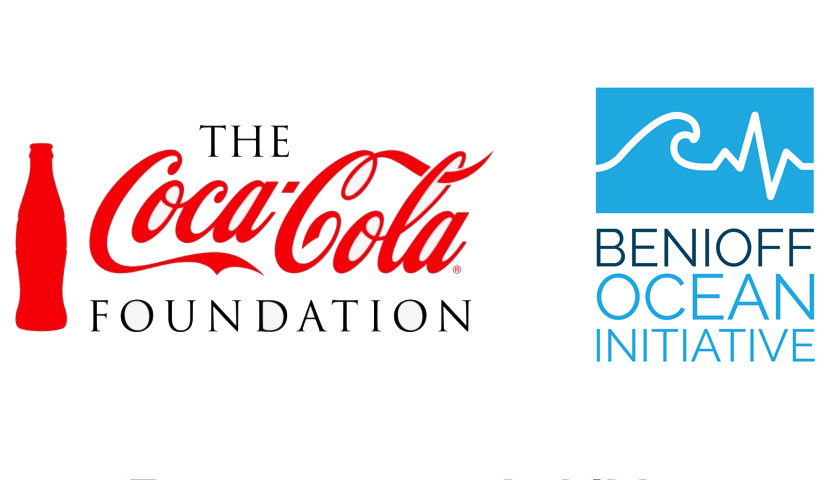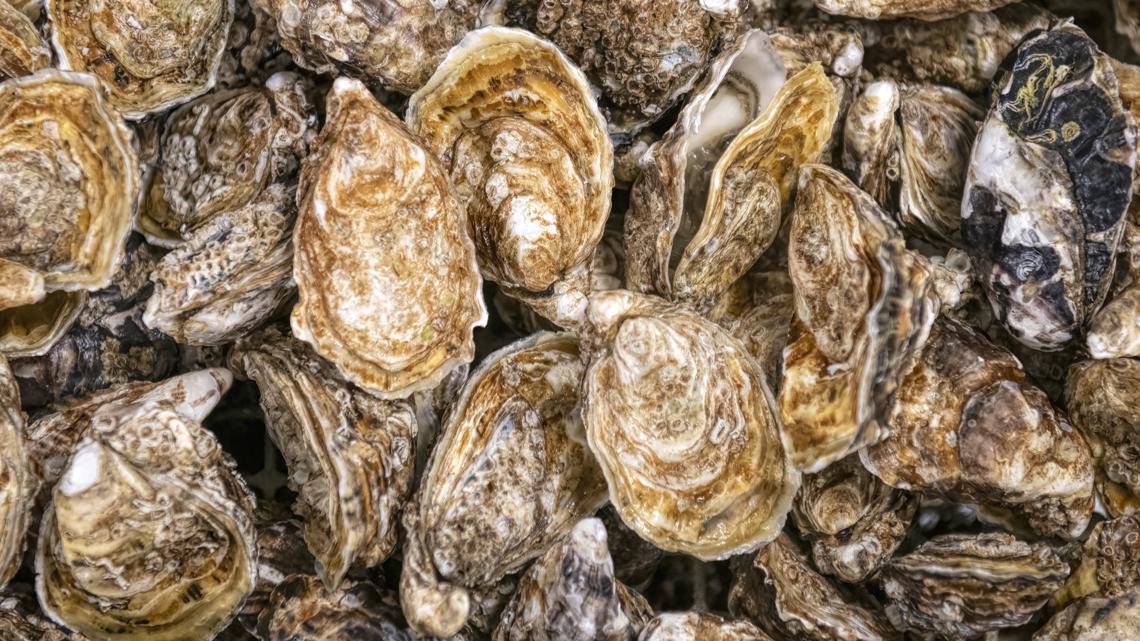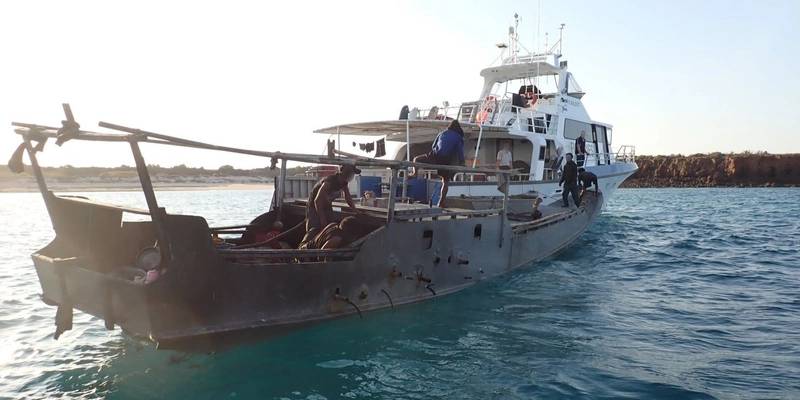How plastic pollution flows from rivers to oceans — and how to stop it – UC Santa Barbara

Report on the Clean Currents Coalition’s Riverine Plastic Intervention Initiative
Project Overview and Methodology
- A global initiative directed by the Benioff Ocean Science Laboratory, the Clean Currents Coalition executed a three-year project to intercept riverine plastic pollution, directly contributing to global environmental targets.
- The project employed a unique community-led model, empowering local non-profit organizations and social enterprises to lead implementation and data collection autonomously within their respective communities.
- Methodology involved the removal, sorting, and analysis of plastic waste by item type and polymer category. This approach extended beyond data collection to include technology implementation, government engagement, and community empowerment.
Key Findings and Impact
- Over the three-year study period, a total of 3.8 million kilograms of river debris were collectively removed and analyzed by the coalition teams.
- Of the total debris collected, 66% was classified as macroplastic, providing critical data for waste management strategies.
- The large-scale, synchronous nature of the data collection across diverse socio-economic and environmental settings represents a significant and rare level of coordination in pollution research, enabling robust comparative analysis.
Contribution to the UN Sustainable Development Goals (SDGs)
The project’s framework and outcomes demonstrate a significant contribution to the 2030 Agenda for Sustainable Development, with direct alignment to several key goals:
-
SDG 14: Life Below Water
- The core mission directly addresses Target 14.1 by preventing and significantly reducing marine pollution through the interception of plastic in river systems before it reaches the ocean.
-
SDG 11: Sustainable Cities and Communities
- By empowering local communities to manage waste and improve local conditions, the initiative supports Target 11.6, which aims to reduce the adverse per capita environmental impact of cities, particularly concerning waste management.
-
SDG 12: Responsible Consumption and Production
- The detailed analysis of plastic waste contributes valuable data for understanding consumption patterns and supports Target 12.5 by informing strategies for waste prevention, reduction, and reuse.
-
SDG 17: Partnerships for the Goals
- The coalition model, which unites a science laboratory with a global network of local non-profits and social enterprises, exemplifies the multi-stakeholder partnerships (Target 17.17) essential for achieving sustainable development objectives.
-
Additional SDG Contributions
- SDG 4 (Quality Education): The project’s focus on fostering education and local engagement promotes the knowledge and skills needed for sustainable development.
- SDG 8 (Decent Work and Economic Growth): The engagement of local social enterprises fosters green jobs and contributes to sustainable local economies.
1. Which SDGs are addressed or connected to the issues highlighted in the article?
- SDG 6: Clean Water and Sanitation
- SDG 11: Sustainable Cities and Communities
- SDG 12: Responsible Consumption and Production
- SDG 14: Life Below Water
- SDG 17: Partnerships for the Goals
2. What specific targets under those SDGs can be identified based on the article’s content?
SDG 6: Clean Water and Sanitation
- Target 6.3: By 2030, improve water quality by reducing pollution. The article describes a project that “took a community-led approach” to “remove plastic from rivers.” This action directly contributes to reducing pollution in water bodies, thereby improving water quality.
SDG 11: Sustainable Cities and Communities
- Target 11.6: By 2030, reduce the adverse per capita environmental impact of cities, including by paying special attention to municipal and other waste management. The project focuses on local communities managing plastic waste, as stated: “Local nonprofits and social enterprises led the work in their own communities, sorting plastic waste.” This is a direct form of community-level waste management aimed at improving local environmental conditions.
SDG 12: Responsible Consumption and Production
- Target 12.5: By 2030, substantially reduce waste generation through prevention, reduction, recycling and reuse. The project’s effort of “sorting plastic waste by item type and polymer category” provides crucial data that can be used to inform strategies for reducing specific types of plastic waste and improving recycling systems, thus contributing to the overall reduction of waste generation.
SDG 14: Life Below Water
- Target 14.1: By 2025, prevent and significantly reduce marine pollution of all kinds, in particular from land-based activities. The article explicitly states the project’s goal is to “intercept plastic before it reaches the ocean.” By removing debris from rivers, the initiative directly addresses land-based pollution sources to prevent them from becoming marine pollution.
SDG 17: Partnerships for the Goals
- Target 17.17: Encourage and promote effective public, public-private and civil society partnerships. The article describes the “Clean Currents Coalition” as a “global initiative directed by the Benioff Ocean Science Laboratory” that brings together “local nonprofits and social enterprises.” This structure is a clear example of a multi-stakeholder partnership between academia and civil society to achieve a common environmental goal.
3. Are there any indicators mentioned or implied in the article that can be used to measure progress towards the identified targets?
SDG 6: Clean Water and Sanitation
- Implied Indicator (related to 6.3.2): Amount of waste removed from water bodies. The article provides a direct measurement of progress by stating that “teams collectively removed and analyzed 3.8 million kilograms of river debris.” This figure serves as a direct indicator of pollution reduction efforts in these specific rivers.
SDG 11: Sustainable Cities and Communities
- Implied Indicator (related to 11.6.1): Amount of solid waste managed. The 3.8 million kilograms of river debris removed and analyzed represents a quantifiable amount of waste that has been managed at the community level, preventing it from causing further environmental harm.
SDG 12: Responsible Consumption and Production
- Implied Indicator (related to 12.5.1): Data on waste composition for recycling. The article mentions that the project involved “sorting plastic waste by item type and polymer category.” This data is a precursor to and a critical component for measuring and improving recycling rates, as it identifies what materials are present in the waste stream.
SDG 14: Life Below Water
- Implied Indicator (related to 14.1.1b): Amount of plastic debris removed. The article’s central metric, “3.8 million kilograms of river debris” removed, is a direct measure of preventing plastic from reaching the ocean. This serves as a key indicator for reducing marine plastic pollution from land-based sources. The article further specifies that “66% [was] classified as macroplastic.”
SDG 17: Partnerships for the Goals
- Qualitative Indicator: The existence and operational success of the partnership itself. The article describes the “Clean Currents Coalition” as a “large-scale, synchronous effort” involving multiple local and international partners. The successful execution of the project and the collection of data across diverse settings serve as an indicator of an effective partnership in action.
4. Table of SDGs, Targets, and Indicators
| SDGs | Targets | Indicators Identified in Article |
|---|---|---|
| SDG 14: Life Below Water | 14.1: By 2025, prevent and significantly reduce marine pollution of all kinds, in particular from land-based activities. | Total weight of debris removed from rivers to prevent it from reaching the ocean (3.8 million kg). |
| SDG 6: Clean Water and Sanitation | 6.3: By 2030, improve water quality by reducing pollution. | Quantity of plastic and other debris removed from rivers, indicating a direct reduction in water pollution. |
| SDG 11: Sustainable Cities and Communities | 11.6: By 2030, reduce the adverse per capita environmental impact of cities, including… waste management. | Amount of waste managed at the community level through local nonprofit and social enterprise efforts (3.8 million kg). |
| SDG 12: Responsible Consumption and Production | 12.5: By 2030, substantially reduce waste generation through prevention, reduction, recycling and reuse. | Data from sorting waste by “item type and polymer category,” which informs recycling and waste reduction strategies. |
| SDG 17: Partnerships for the Goals | 17.17: Encourage and promote effective public, public-private and civil society partnerships. | The formation and operation of the “Clean Currents Coalition,” a multi-stakeholder partnership between a university lab, local nonprofits, and social enterprises. |
Source: news.ucsb.edu

What is Your Reaction?
 Like
0
Like
0
 Dislike
0
Dislike
0
 Love
0
Love
0
 Funny
0
Funny
0
 Angry
0
Angry
0
 Sad
0
Sad
0
 Wow
0
Wow
0













































































